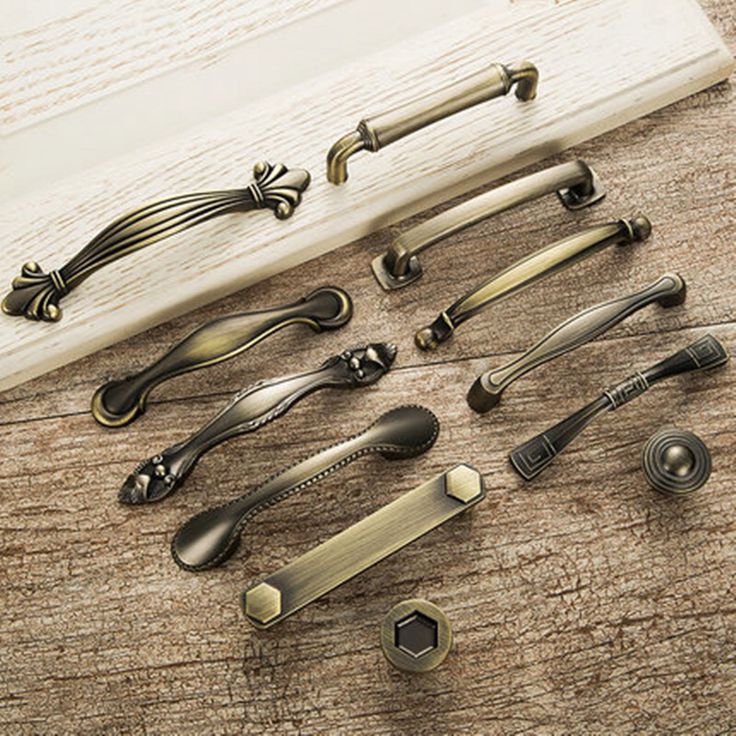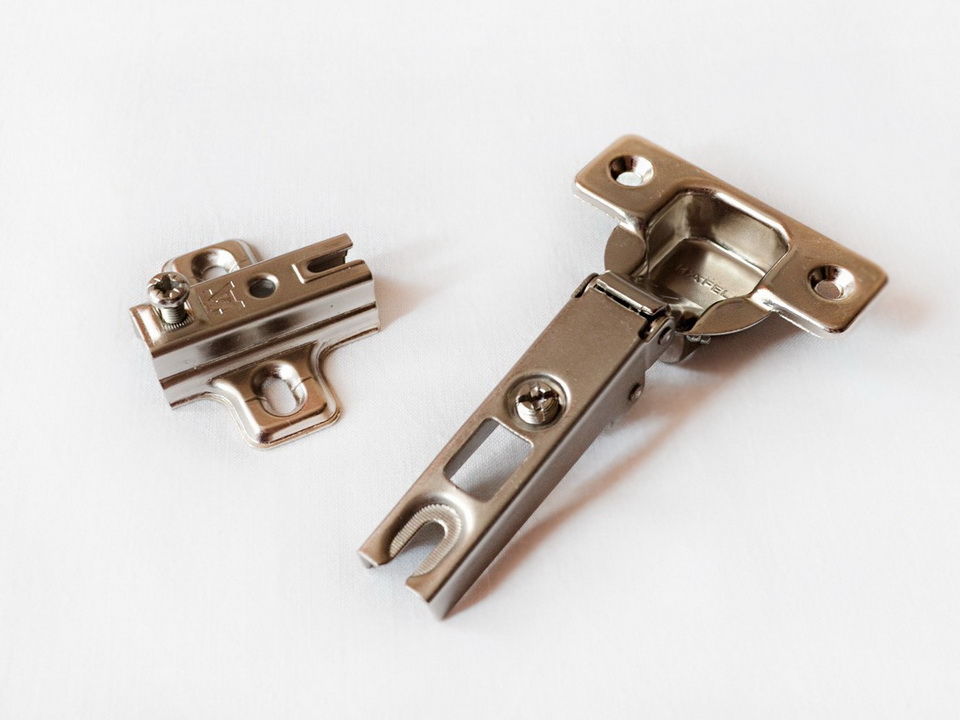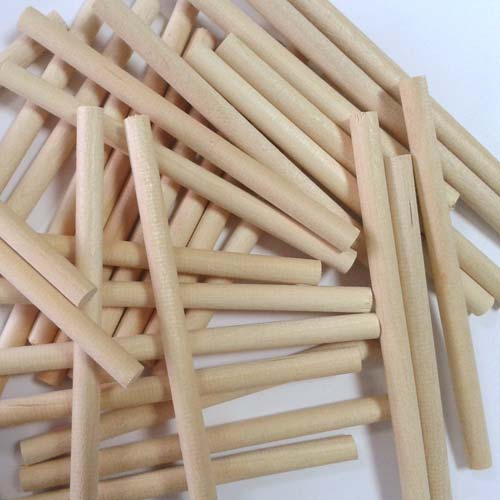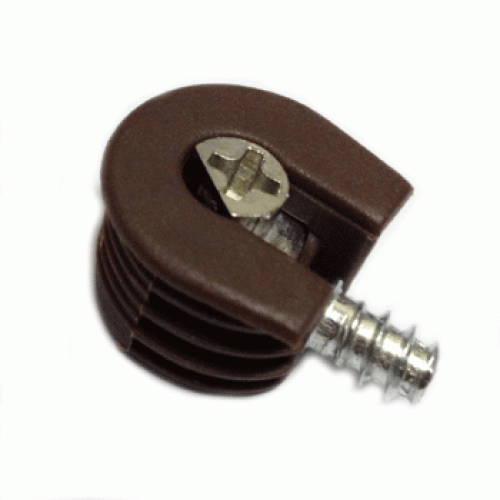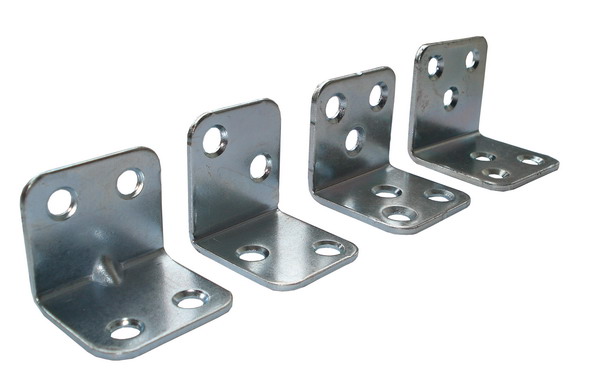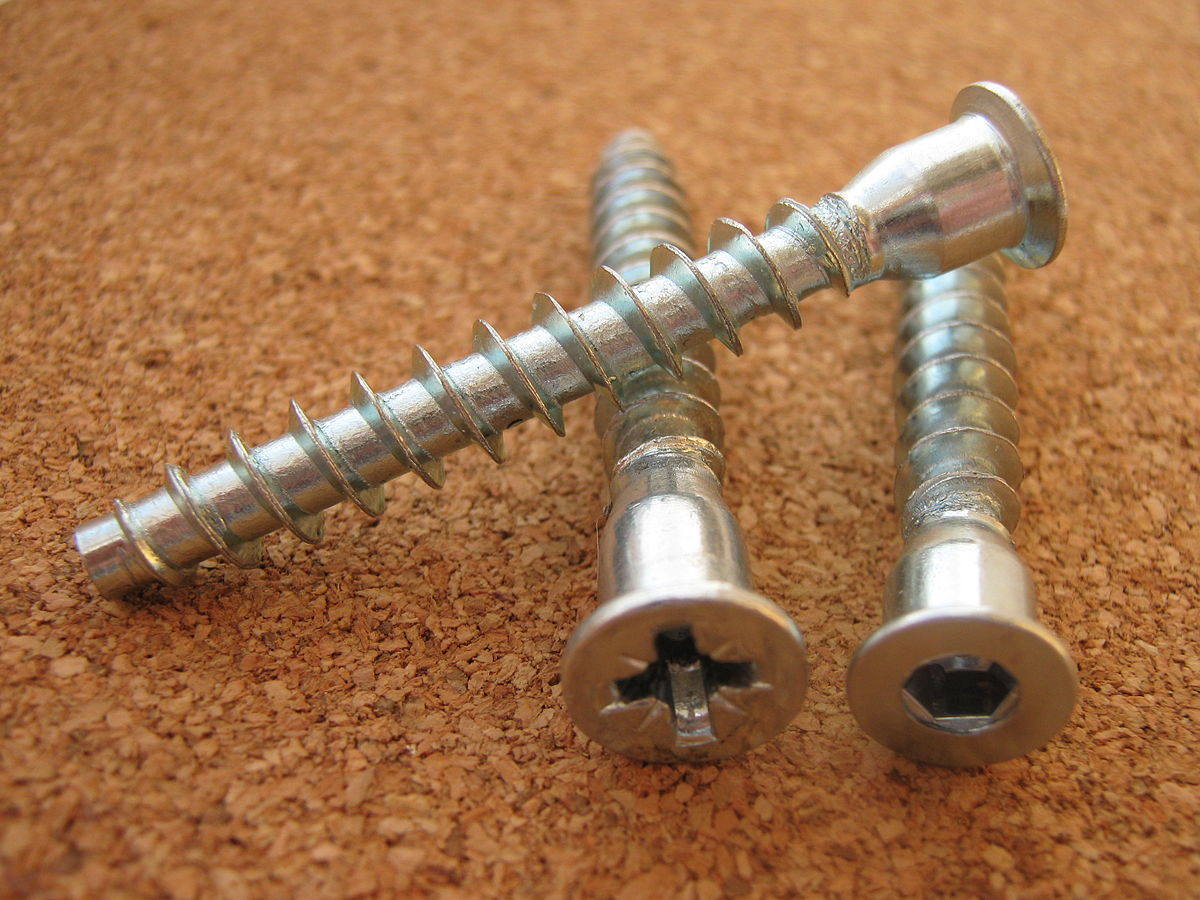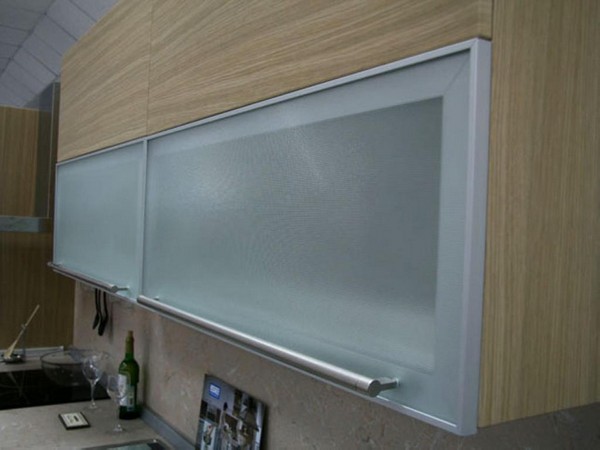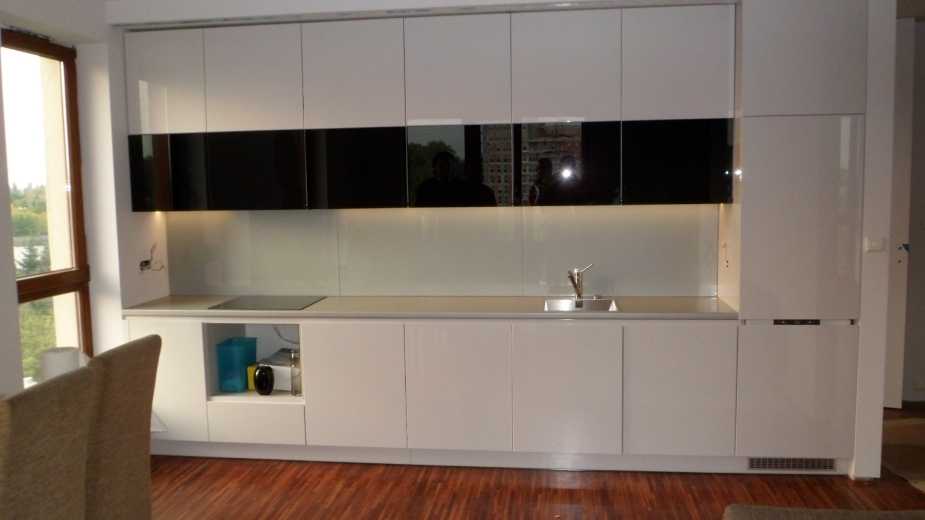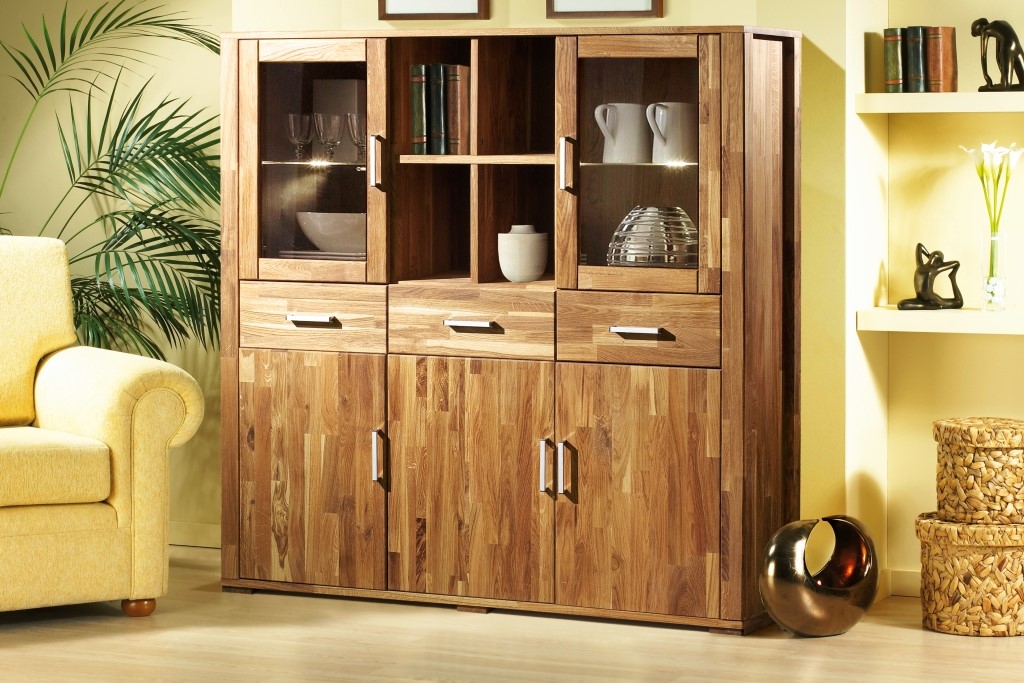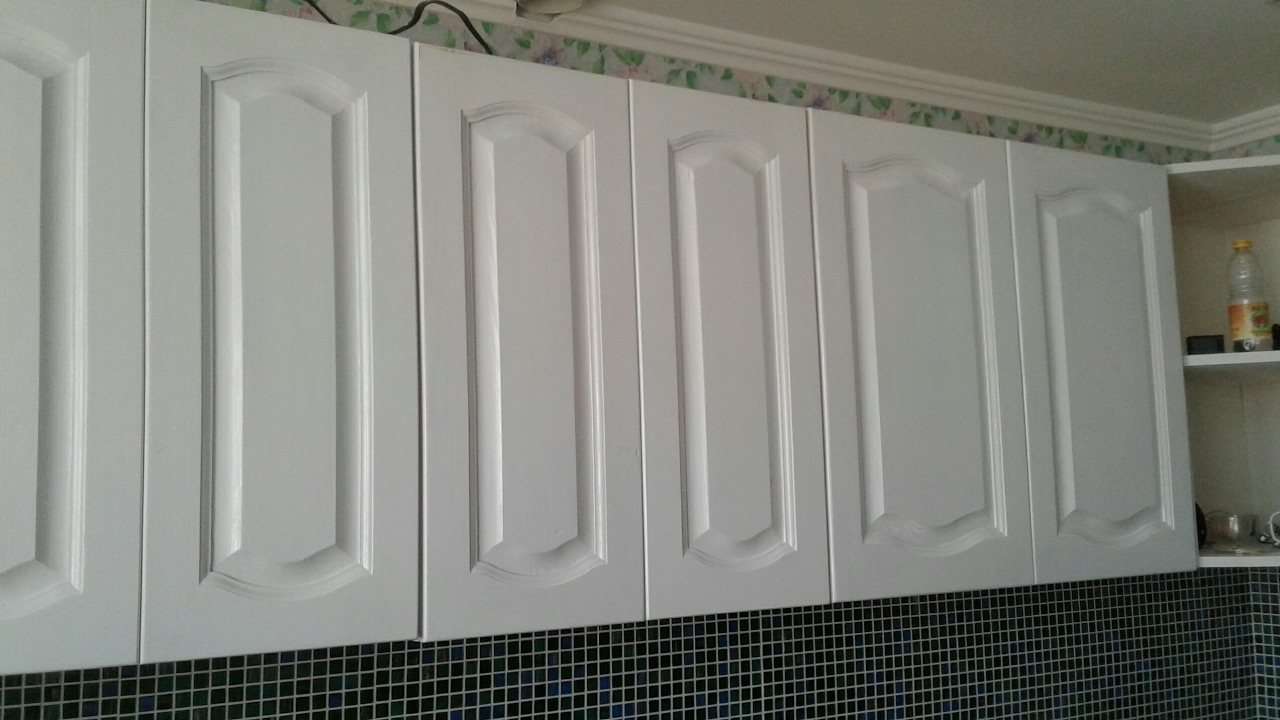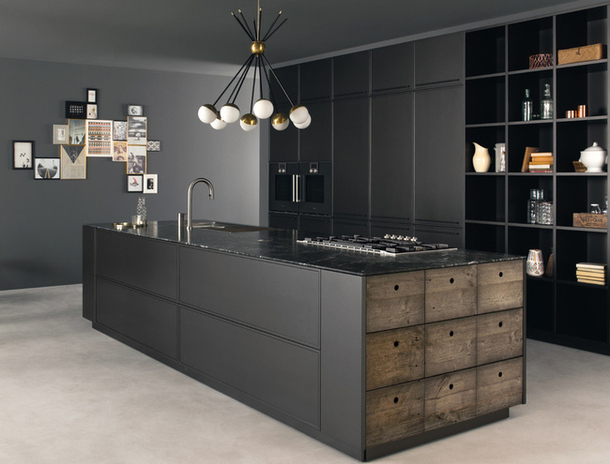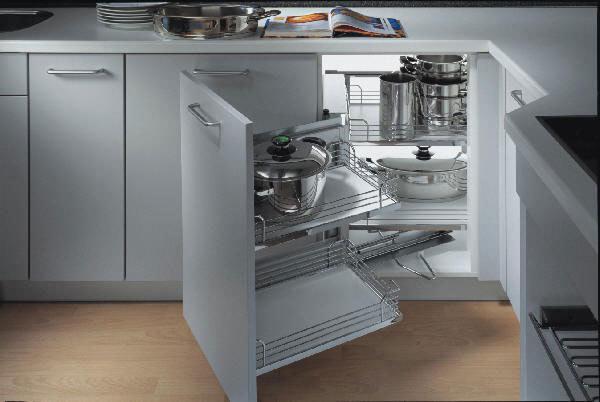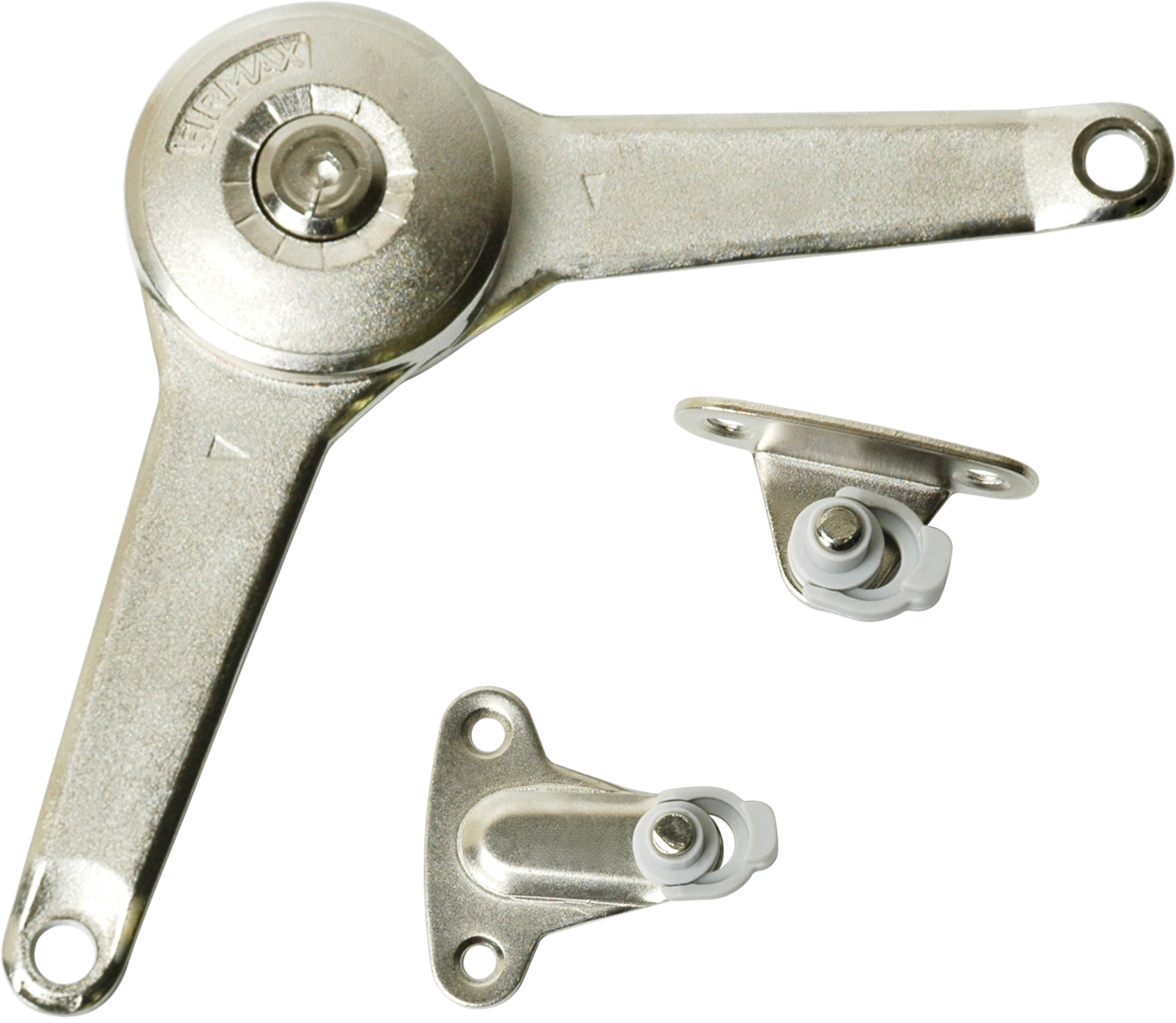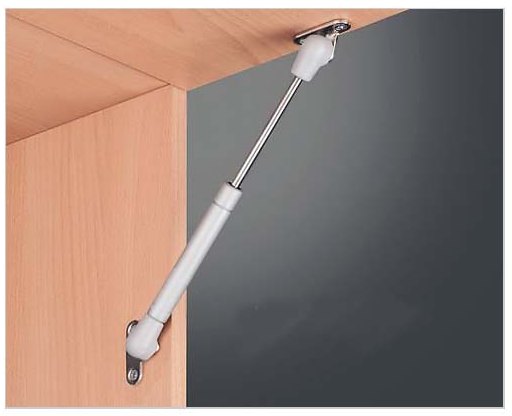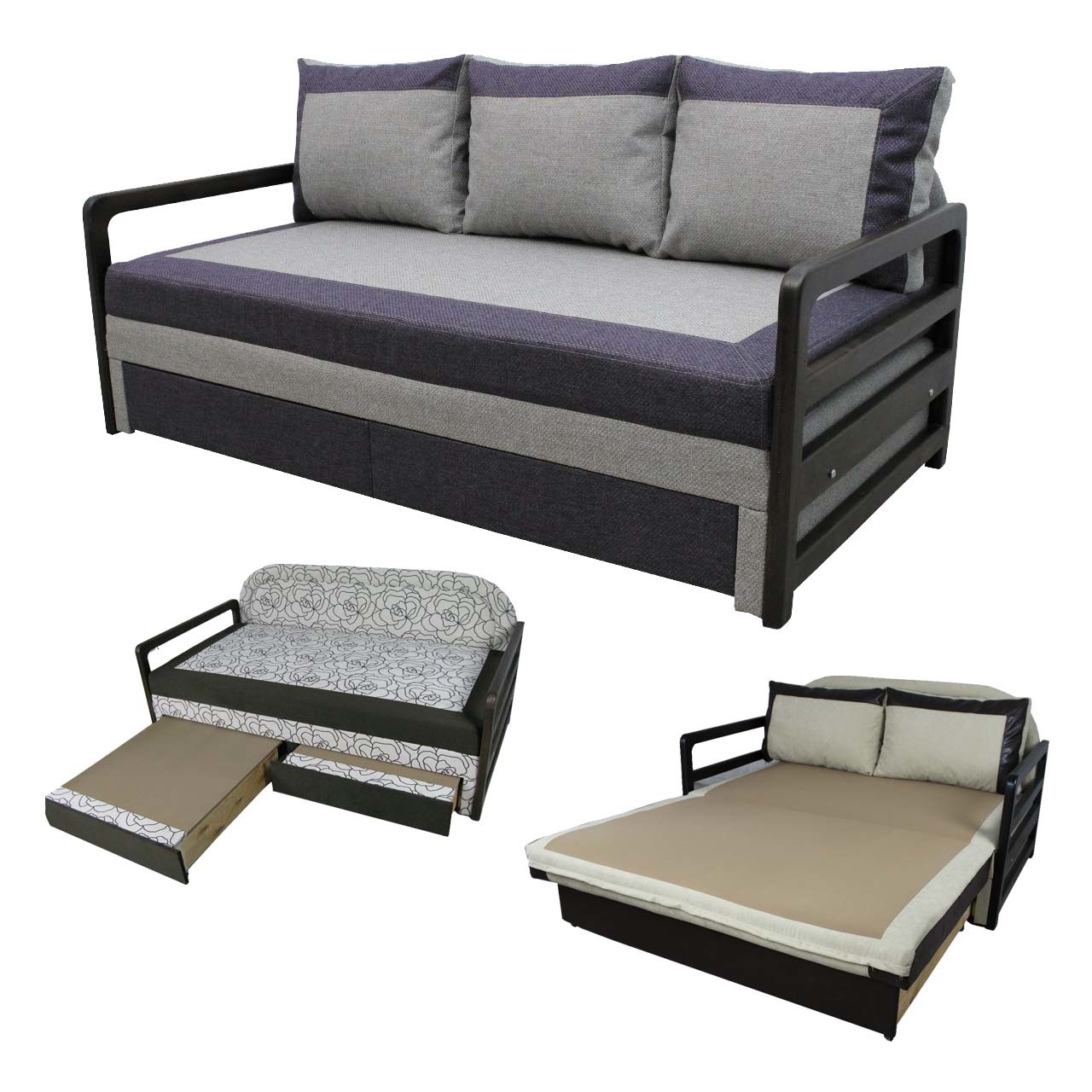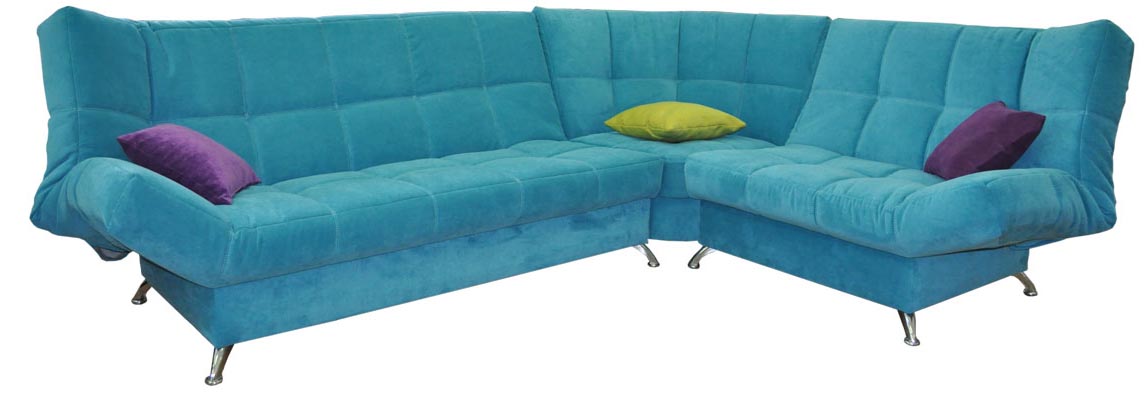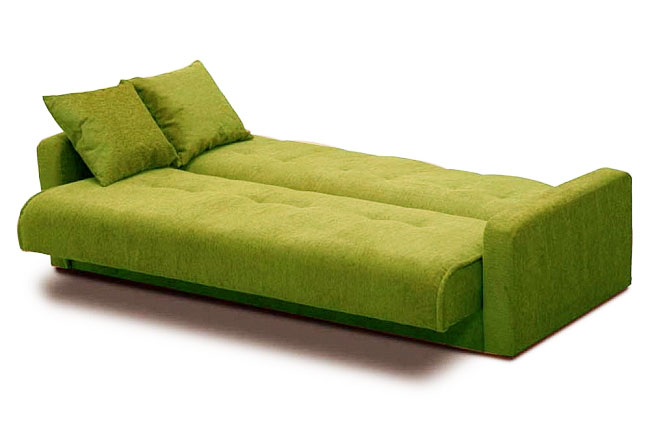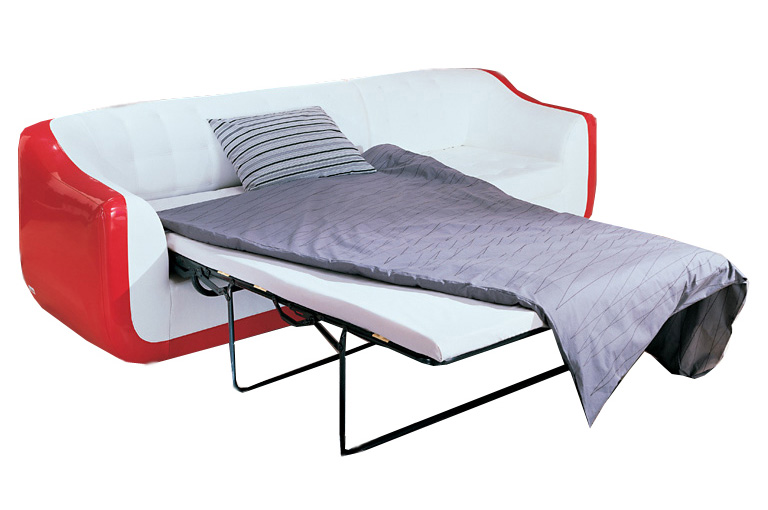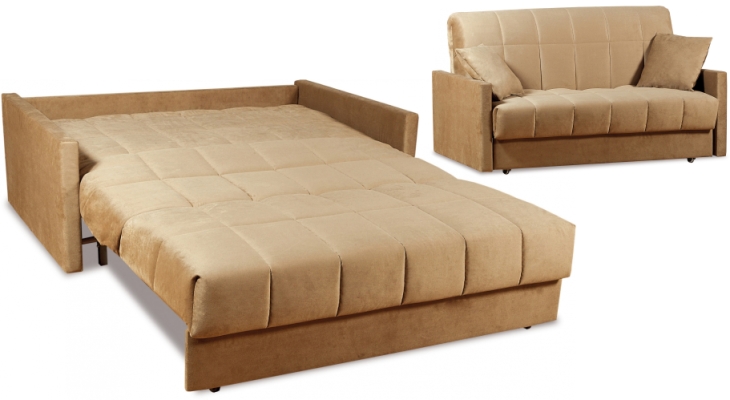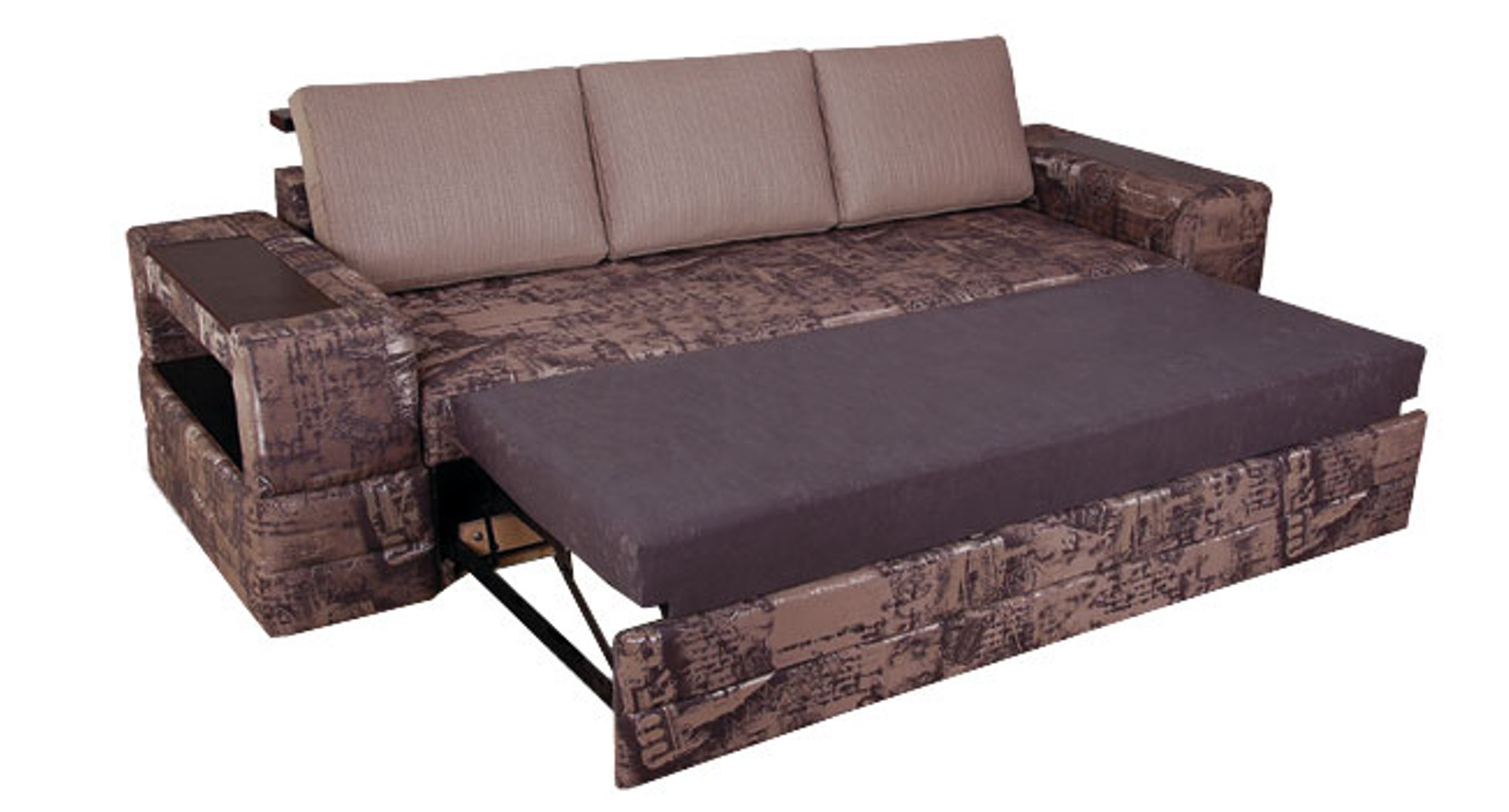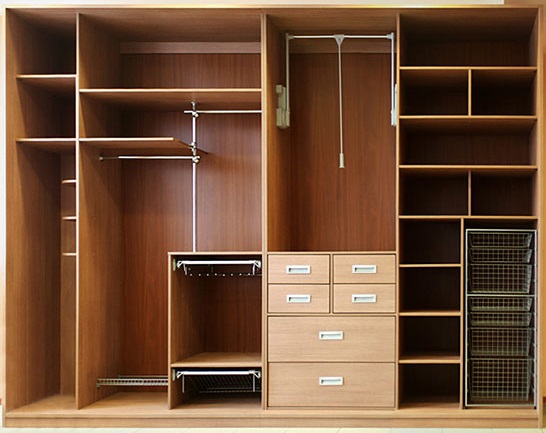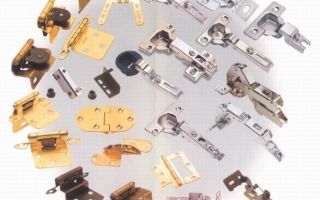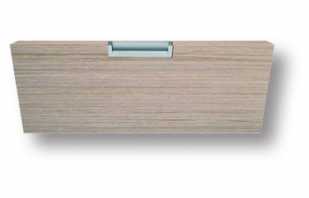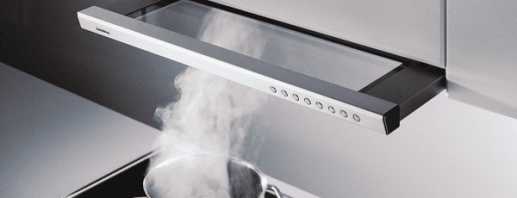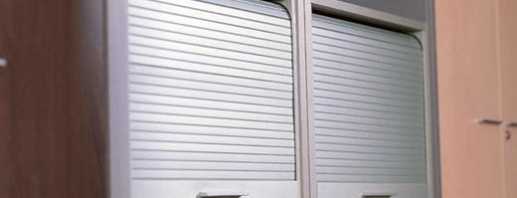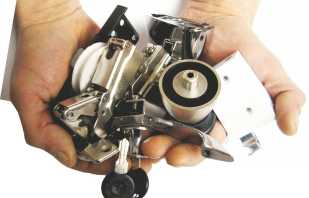Types of components for furniture, their purpose and installation methods
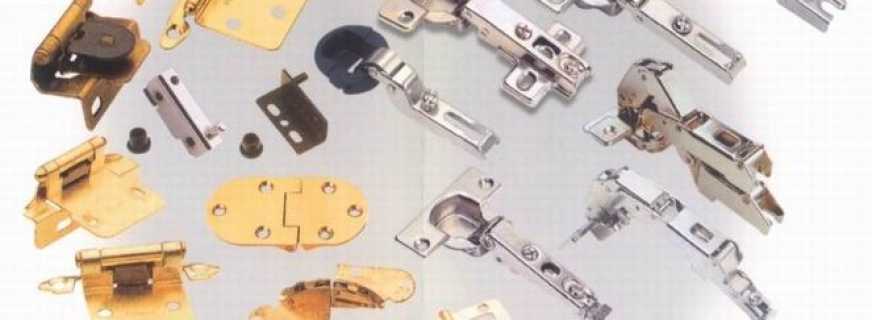
Today, designers are given complete freedom of action. Furniture manufacturers have stepped far forward, so now we enjoy a variety of models and choose your favorite furniture components. But the design cannot be complete without furniture fittings, which affect the technical characteristics and functionality of the products.
Hardware
Furniture fittings are all kinds of fasteners, handles, curtains, supports and decorative elements. They are made of metal, wood, plastic and other materials. Metal products are treated with special anti-corrosion agents to extend their life. For luxury constructions, the accessories may have a gold or silver coating, as well as decoration of rhinestones, crystal or natural stones. Conventionally, fittings can be classified by type.
Connecting fittings - connects and fixes parts together. This group includes one-piece, detachable and movable elements:
- One-piece joints include screws, couplers, screws, nails, bolts, brackets, hooks, upholstery “buttons” of upholstered furniture. The screed can be eccentric or connecting. Galvanized steel is used for eccentric screed and makes it durable. For the “corner” screed, additional holes in the ends of the furniture are not required. Threaded couplers include a nut and a screw that create a strong connection. A wedge screed is also used for quick connection. Its base is made up of plates, wedges and staples. Couplers are connected by traditional screws;
- Detachable connections ─ these are handles for doors, heck, holders for shelves, magnetic devices, locks, bolts. For fastening detachable structures using screws and screws;
- Movable ─ these are hinges, “rails” for parallel door movement, micro-lifts. Pneumatic mechanisms and ball-bearing guides take all the burden.
For furniture made of chipboard, it is not recommended to use the piano hinges, which were used several decades ago. Today, manufacturers use four articulated structures called the frog. They withstand the 10-thousandth cycle of opening / closing the door.
Swivel elements ─ these include carousel mechanisms, structures for sliding tabletops, and for guiding the movement of products. For example, the shelf rotates along the axis and makes it easy to get the desired item. Basically, furniture structures are built using guide systems that are used to extend the elements. They can be fully or partially advanced. Thanks to special rollers, such systems work smoothly and almost silently.They are made of steel, fluoroplastic or duralumin. If we consider the importance of fittings as a percentage of the cost of cabinet, upholstered and kitchen furniture, we get the following results: in cabinet furniture, fittings are allocated 10-15% of the total cost of the product. For the kitchen, the importance of accessories is 25% of the cost of the headset, and for upholstered furniture it is 30-40% of the cost of the product.
Accessories for assembly ─ when buying furniture, you need to pay attention to accessories and upholstery, to determine their quality and strength. And also on the details of the assembly of the product, which include furniture corners, confirmants, rafixes, minifixes and dowels:
- Furniture corners ─ simple, cheap and affordable types of connection. In the construction market, they are presented in different sizes, made of plastic and metal. Corners are designed for mounting attachments in pencil cases and cabinets. They are easy to install, have a low price, but are noticeable, which slightly spoils the design of the structure;
- Confirmate is a furniture euroscrew, which received the name from a German manufacturer. A screw furniture coupler, consisting of a steel rod with a blunt ring, a head and massive carving, is able to connect several wooden elements at once. The confirmative is visible in the design, so it is masked with a plug. The most common are screws with dimensions of 7x50 mm or 6.3x50 mm;
- Dowel ─ a connecting element, which is used to assemble furniture wooden, plywood and chipboard parts. It is made of hardwood and has a cylindrical shape, on which bevels are applied. Today they produce plastic dowels. They enhance furniture connections with confirmation, minifix and rafix. As an independent fastener used with PVA glue;
- Minifix ─ is an eccentric screed for furniture joints, consisting of two parts ─ stem and eccentric. Minifix has a different design, which makes it possible to increase the length of the element and connect it at different angles. For installation, a Ø15 mm cutter and drills are used, with which three holes are drilled. The fastening is complicated, and requires accurate calculation;
- Rafix ─ is used in visible places to connect furniture parts of countertops, side parts of furniture structures. It is mounted on two holes, has an eccentric mechanism and a stem. The rafix has a beautiful aesthetic appearance, but it does not have much strength.
Facades
In a furniture structure, all visible details that go to the frontal or lateral plane are called facades. Their configuration and color determine the style of furniture and set the tone for the entire room.
The main types of facades:
- Doors
- Front walls of boxes;
- Horizontal and vertical decorative overlays;
- Furniture cornices.
The facade is easily detachable from the filler mount, replaced with a new one and is adjustable in vertical, horizontal and inclined positions. Different circumstances lead to the replacement of facade elements ─ careless use, mechanical damage, outdated design, color change of the structure from exposure to ultraviolet radiation. For the manufacture of furniture do-it-yourself use solid ─ "deaf" and prefabricated frame-paneled facade elements.
Most often for the production of facades are used:
- Chipboard plate;
- MDF plate;
- Natural wood (array);
- Furniture board;
- Metal (stainless steel, aluminum);
- Glass.
Budget furniture is made of laminated particleboard. MDF boards produce beautiful designs finished with film, panel or veneer.
Premium products include elements made of wood. Today, the market has modern facades made of aluminum. It looks organically with glass, plastic, rattan and other materials.For filling profiles, genuine leather, textile fibers, polymer 3D photo printing are used.
Dimensions of facades
The construction industry has introduced to the market a wide range of facades with various sizes. The size of the frame facade depends on the profile, and the dimensions of the products from MDF boards depend on the capabilities of industrial equipment. For example, the minimum height of solid facades is ─ 137-140 mm, the minimum width is 296 mm, and the maximum height is 988-1250 mm and the maximum width is 596-1200 mm. And in the frame-paneled facades, the minimum height is 562-573 mm, the minimum width is 296 mm, and the maximum width is 596-896 mm and the maximum height is 980-1010 mm. When choosing a facade product, you need to pay attention to the beautiful design, the ability to fit into the interior of the room and the operational characteristics of the materials.
The mechanisms
Designers and design engineers of furniture production are working on new and improving existing mechanisms for the kitchen, cabinet sets and soft products. Thanks to the lifting systems, the opening of the facade elements is quiet and easy. They can be fixed at any height and in any position. Consider the main types of lifts.
- Folding ─ they are used for multi-tier wall cabinets and double-wing facades;
- Folding ─ mechanisms are installed on large, dull facades of the upper tier if overhanging artificial lighting and visors are present in the structure;
- Vertical ─ lift the facade elements up on any tiers of the hinged structure;
- Swivel mechanisms ─ able to rotate and stop the whole facade when opening in any position;
- Mechanical ─ they help to open the doors in the upper and lower positions;
- Gas lifts or gas lifts provide smooth opening and closing of facade parts. Automatic gas lifts are not able to lock the opening of doors in a certain position. Gas lifts, in the design of which there are step-by-step or friction openings, have the ability to fix the door at any height. This mechanism is convenient for residents with low stature and high arrangement of lockers.
Types of retractable mechanisms:
- Roller guides are among the simplest and most cost-effective mechanisms. Steel skids in them slide using plastic or rubber-coated rollers. Their design reduces noise during the extension of furniture drawers;
- Metaboxes are a roller system with two symmetrical metal sidewalls that move along roller guides. They extend the product partially (3/4) or completely by 270-550 mm and withstand a maximum dynamic load of up to 25 kg;
- Ball ─ telescopic rails used by professional furniture makers in their work. The system allows you to fully and smoothly open the drawer, it is durable, silent and wear-resistant;
- Tandemboxes ─ a retractable system that allows the drawer to be opened with a light touch of a hand on the facade.
The choice of cabinet, chest of drawers, hallway, kitchen depends on the sliding system, as the drawers present in the structure are in constant operation. When buying upholstered furniture, special attention should be paid to the sofa and its transformation mechanism.
Types of sofa transformation mechanisms:
- Folding;
- Retractable;
- Unfolding.
The main types of construction:
- Eurobook ─ the mechanism is durable with a long service life. Wide seats are not comfortable for short people;
- The book is a simple and robust design that easily transforms a sofa into a berth. It can not be placed close to the wall, since folding requires a considerable amount of space;
- French clamshell ─ system refers to the guest type.To expand it, you need to pull the lower part of the sofa and 3 soft elements will stretch to the berth. The mechanism is not adapted to frequent transformation. It goes to small rooms;
- Roll-out sofa ─ the mechanism consists of two segments, which are located in the design of the sofa. When the front lower part is pulled out, the back-cushion takes up the vacant place. The design is compact in size and allows you to get a comfortable place to sleep. But you need to make sure that the rollers do not scratch the floor;
- Accordion is a transformation mechanism that makes a place to sleep high and comfortable. When folded, it is compact, but its layout requires free space. The system is supplemented with linen drawers;
- Dolphin ─ mechanism for a corner sofa. Pulling on a special strap, the hidden part of the structure extends, which will complement the sofa seat to form a berth. It is comfortable and spacious;
- Click-gag ─ analogue of the "book" mechanism. The difference is that the back can be in an intermediate version, which allows a person to be in a reclining state. The transformation mechanism requires free space on the wall.
For internal filling
In the manufacture of cabinet furniture, kitchen sets, wardrobes and other types of designs, attention is primarily paid to their functionality. Today, internal fillers of furniture designs are comfortable and ergonomic. Types of internal filling for kitchen sets:
- Drainer;
- Cutlery storage tray;
- Mesh basket;
- Swivel carousel;
- Lifting gear;
- The bottle box;
- Column;
- Bin.
The interior of the wardrobe is divided into three parts:
- The main ─ hangers and shelves;
- Top ─ mezzanine for long-term storage of things and hats;
- The lower one ─ retractable departments for storing documents, jewelry, and also offices for seasonal shoes.
In sliding wardrobes, the maximum load on the shelves is designed for 70 kg and allows you to store household appliances. T-shirts, jeans, shirts are stacked on sliding shelves. For things that should be stored on a hanger, a pantograph is installed.
It is attached to the back or sides of the shelf. Pantograph can be extended manually or using the remote control. Without furniture components, assembly of structures is impossible. It is from them that good, trouble-free operation and aesthetic characteristics of the product depend.
Video


